
On February 18 (January 9), thousands of people from all over flocked to Cai Cung beach in Vinh Thinh commune (Hoa Binh district, Bac Lieu province) to attend the Whale welcoming ceremony. Here is Ong Duyen Hai Temple, which preserves a 16m long whale skeleton, which has been worshiped by local fishermen for many years.
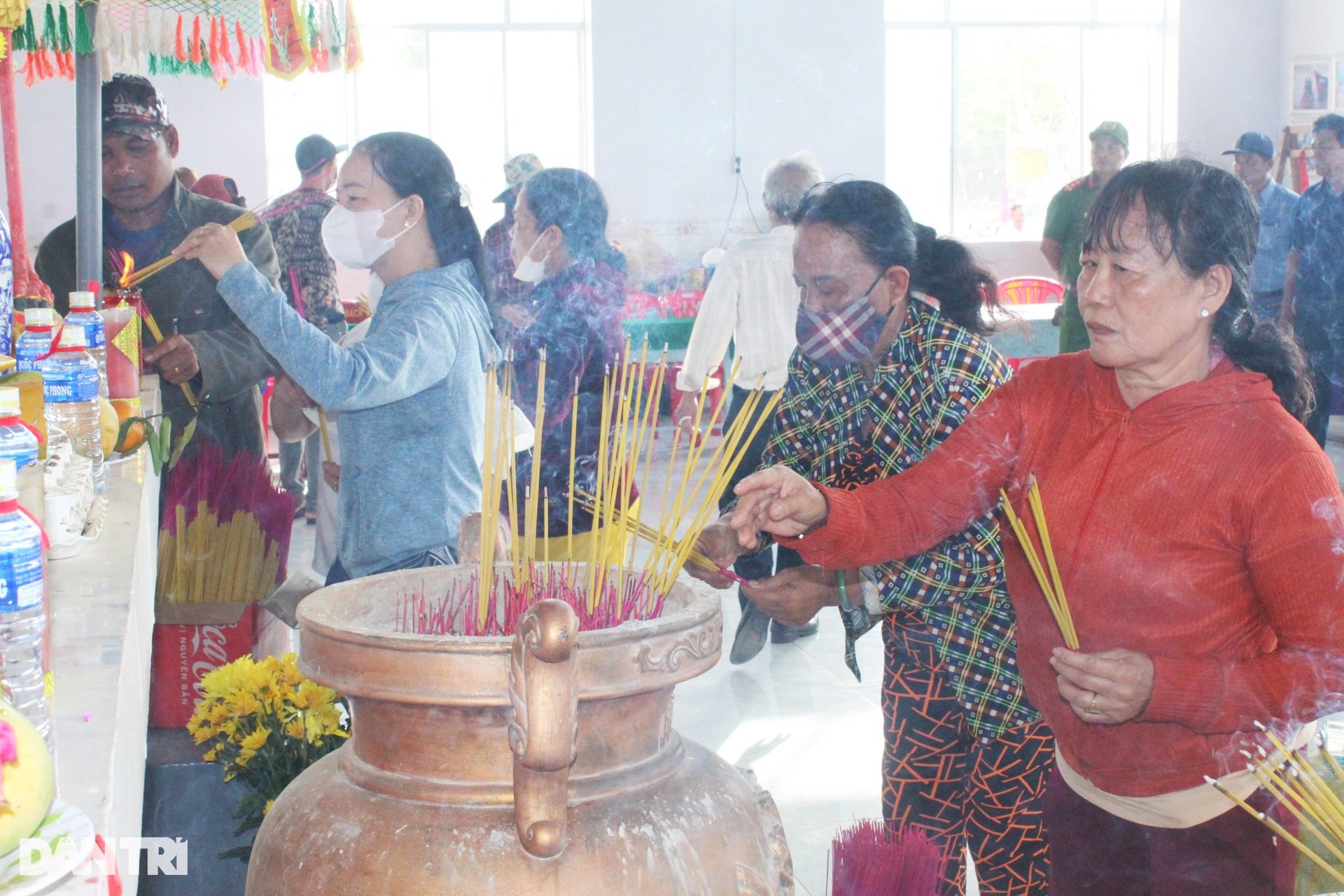
Most of the people who come to worship the whale are fishermen or seafood producers.
"Just after Tet, on the day of the Ong festival here, my husband and I also came to burn incense. My family goes to sea all year round, and we have food and clothing thanks to the fishing industry. Every year when the family is safe and has fish and shrimp, we are very happy. Thanks to that, we also pray to Ong, the fishing industry," a woman in Bac Lieu city shared with Dan Tri reporter when coming to Ong Duyen Hai Temple.
The most important part of the Ong festival is to go to the seaport to perform the ritual of welcoming (welcoming) Ong to the mausoleum for worship. The procession includes prestigious elders dressed in neat costumes and hats and people playing the roles of kings, princesses, palace maids, soldiers, etc.
Besides, offerings such as pork, sticky rice, chicken, etc. were brought on board for the ceremony. These offerings were simple but showed the heart and gratitude of the local fishermen towards Him.
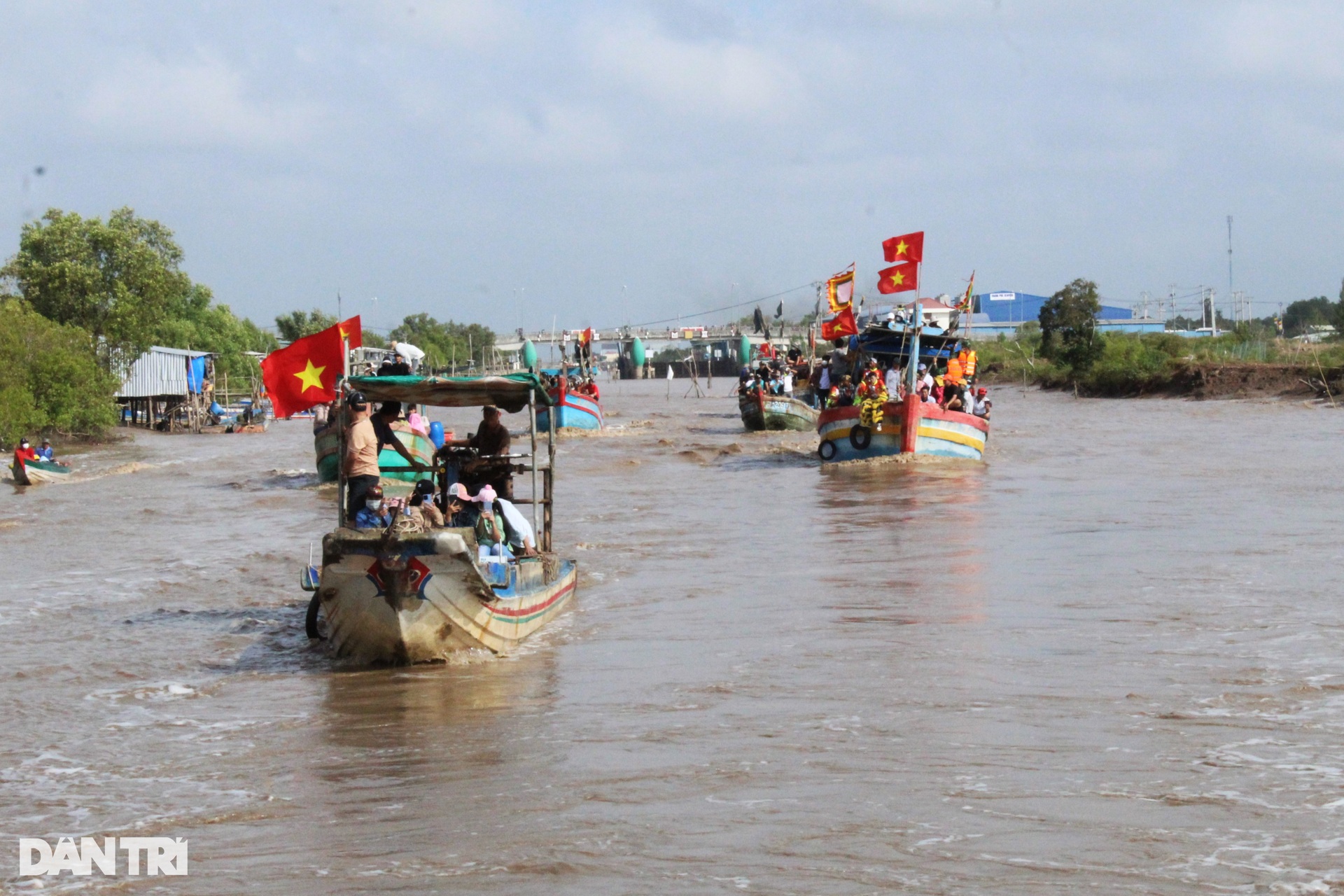
The boat procession of about 3-4 fishing boats, decorated with flags, drums, gongs, etc., runs from Ong's mausoleum to the sea in a very exciting atmosphere.
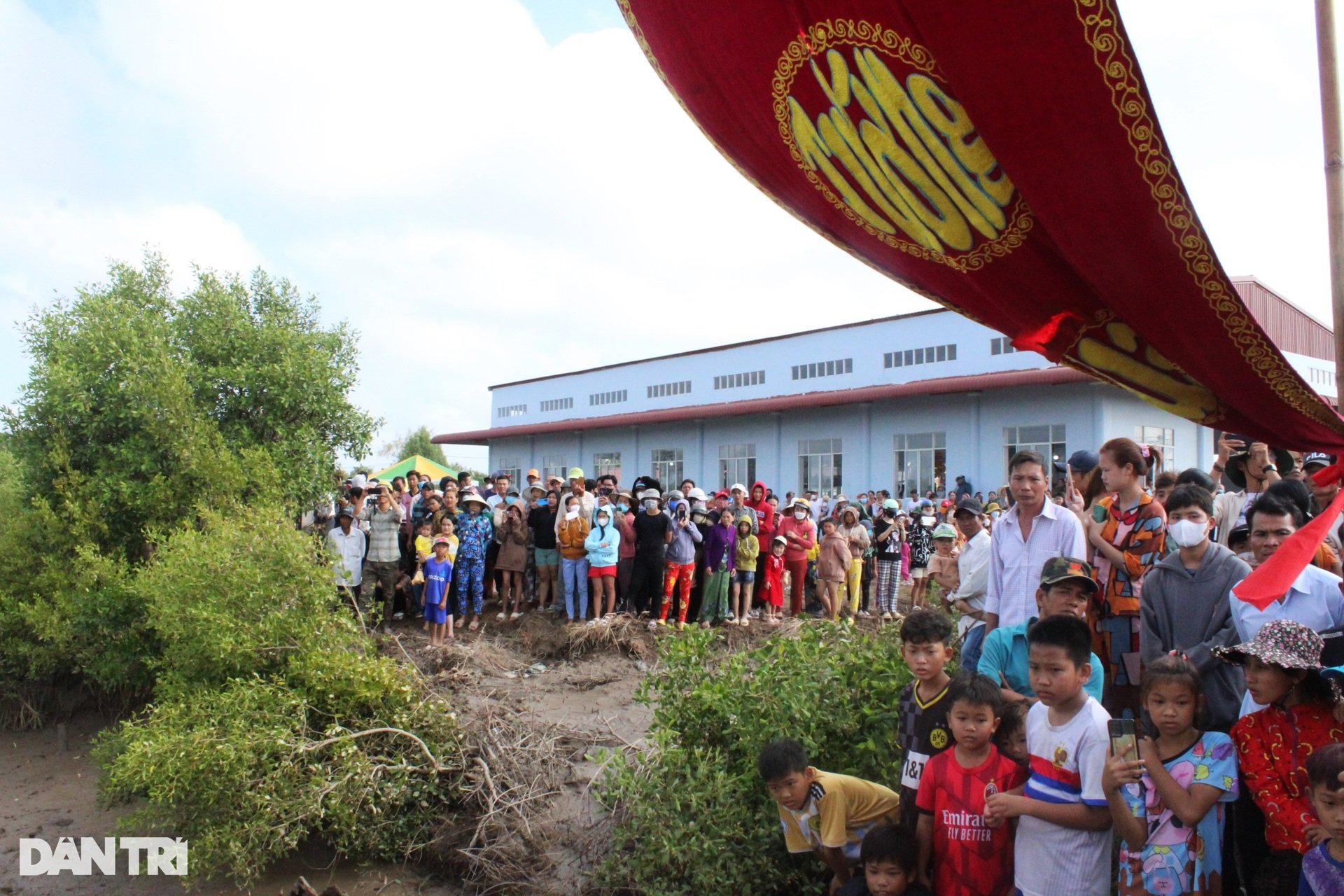
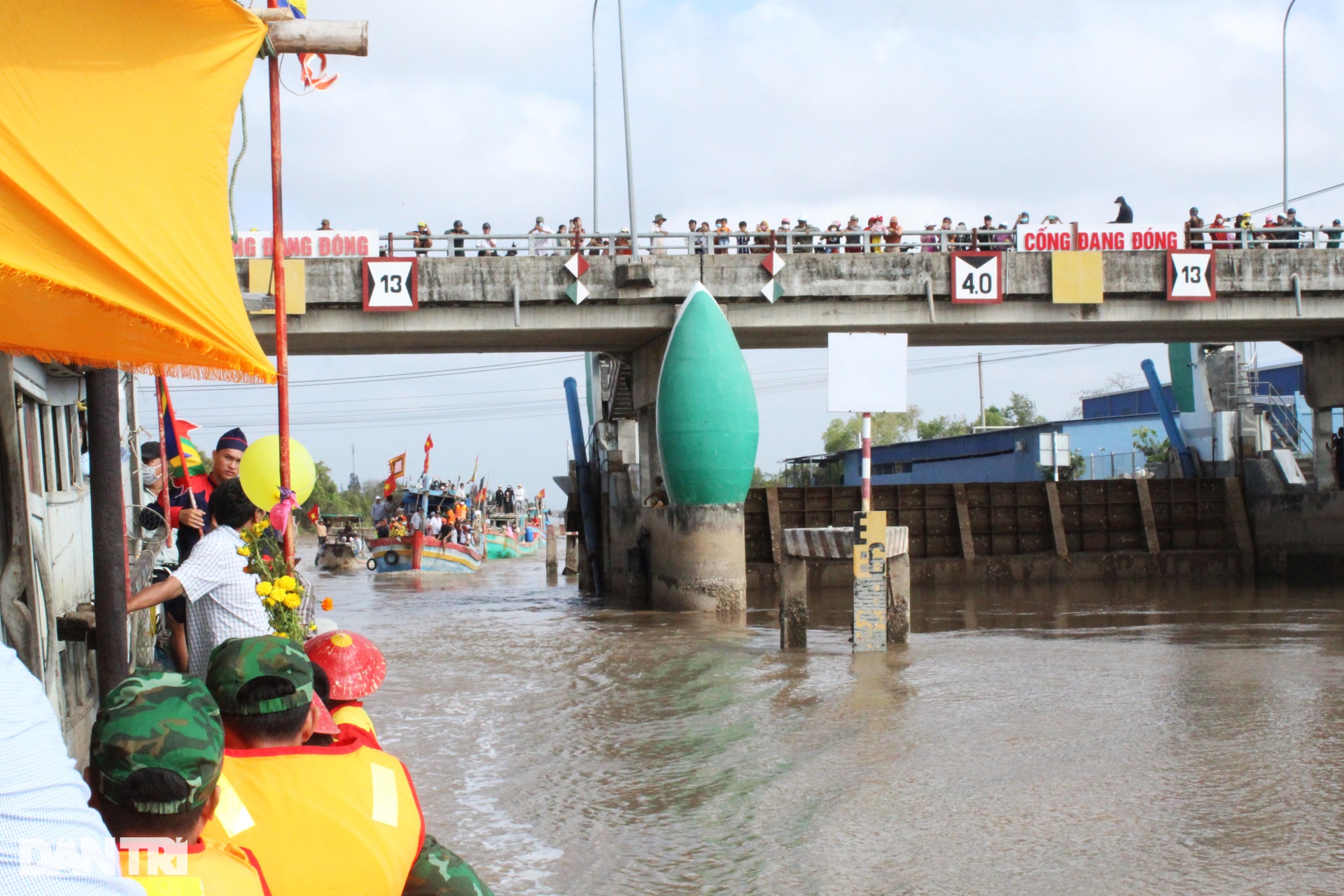
Many people on the shore watched the procession because this is considered a traditional festival with beautiful local culture.
When reaching the sea gate, the elders perform the ritual of burning incense and praying to welcome Ong. The procession takes some sea water symbolizing the sea where Ong lives and sprinkles rice, salt into the sea,... as part of the offering to hope for a smooth sailing and a boat full of fish and shrimp.
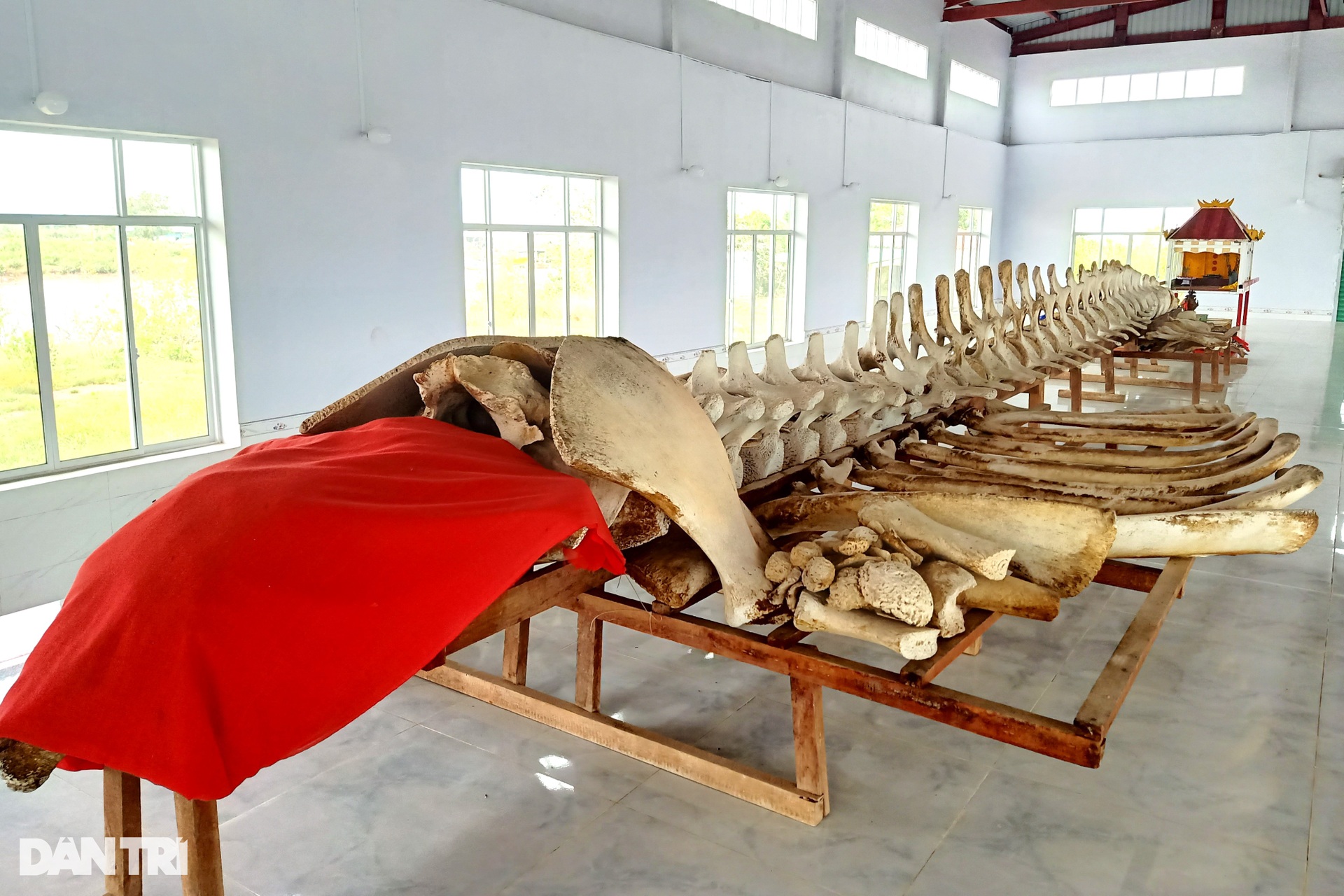
After welcoming Ong back to the mausoleum, the procession circled around Ong's remains (a whale skeleton worshiped in the mausoleum) to pay respect to the fish that fishermen consider as a "god" that protects them from strong winds and waves when going out to sea to catch seafood.
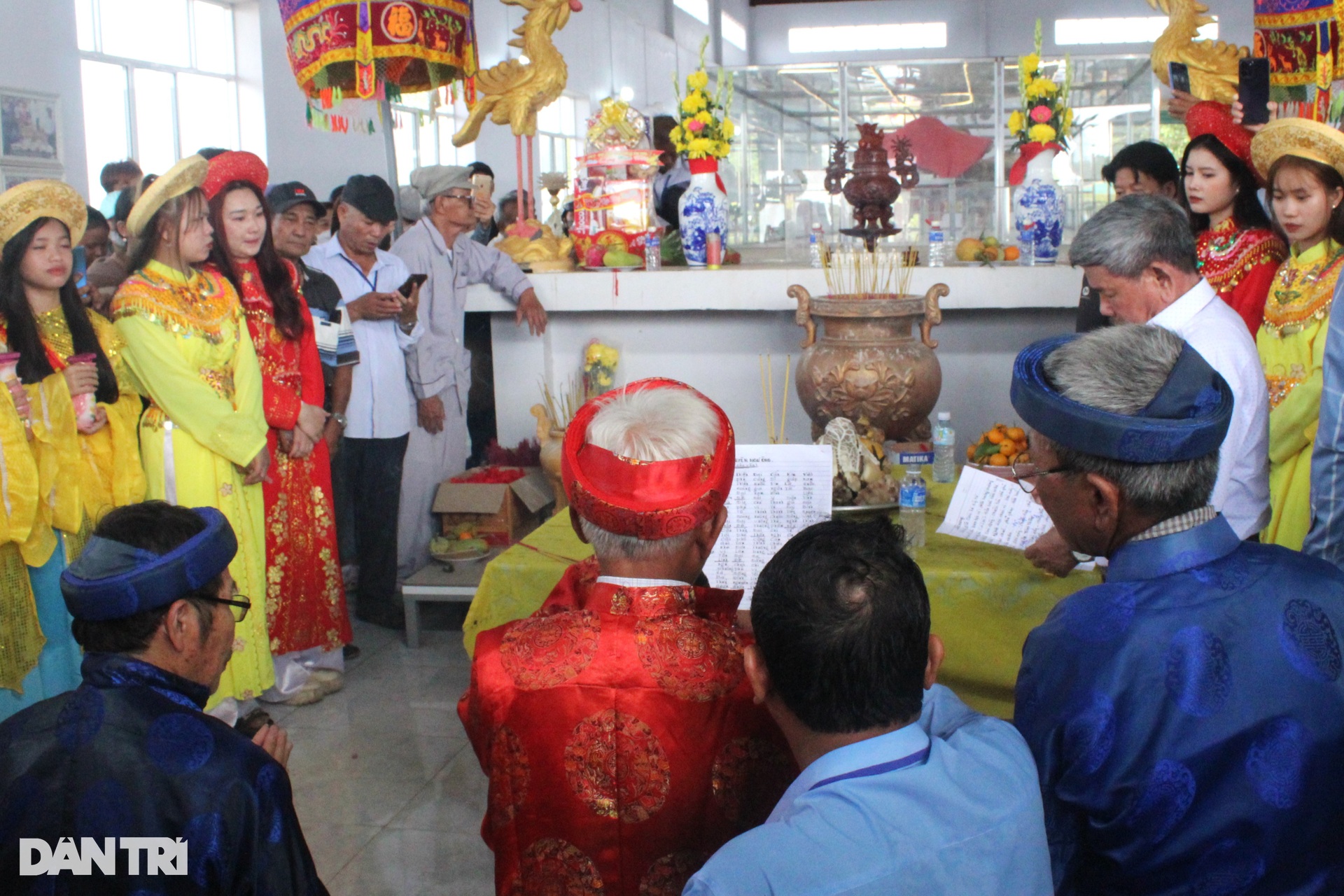
Representatives of the elders and fishermen knelt before the statue to make offerings. The ceremony included offering incense, flowers, tea, wine and reading prayers to thank him for giving local fishermen a lucky and bountiful year and praying for a peaceful new year, a good fish and shrimp season, and a prosperous life.
Source link


![[Photo] Opening of the World Cultural Festival in Hanoi](https://vphoto.vietnam.vn/thumb/1200x675/vietnam/resource/IMAGE/2025/10/10/1760113426728_ndo_br_lehoi-khaimac-jpg.webp)

![[Photo] Discover unique experiences at the first World Cultural Festival](https://vphoto.vietnam.vn/thumb/1200x675/vietnam/resource/IMAGE/2025/10/11/1760198064937_le-hoi-van-hoa-4199-3623-jpg.webp)
![[Photo] General Secretary attends the parade to celebrate the 80th anniversary of the founding of the Korean Workers' Party](https://vphoto.vietnam.vn/thumb/1200x675/vietnam/resource/IMAGE/2025/10/11/1760150039564_vna-potal-tong-bi-thu-du-le-duyet-binh-ky-niem-80-nam-thanh-lap-dang-lao-dong-trieu-tien-8331994-jpg.webp)




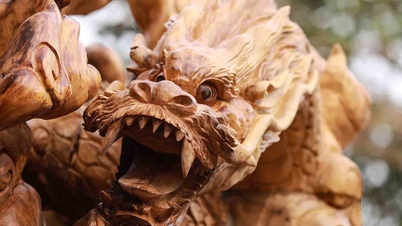
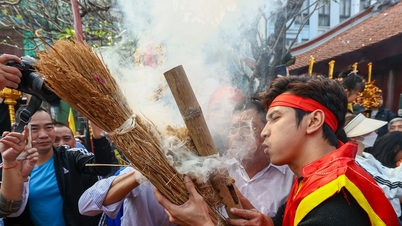
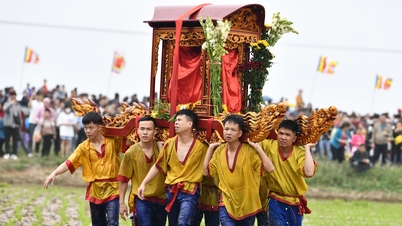












![[Photo] Ho Chi Minh City is brilliant with flags and flowers on the eve of the 1st Party Congress, term 2025-2030](https://vphoto.vietnam.vn/thumb/1200x675/vietnam/resource/IMAGE/2025/10/10/1760102923219_ndo_br_thiet-ke-chua-co-ten-43-png.webp)































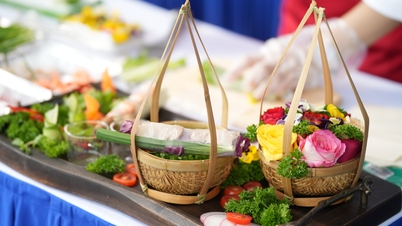
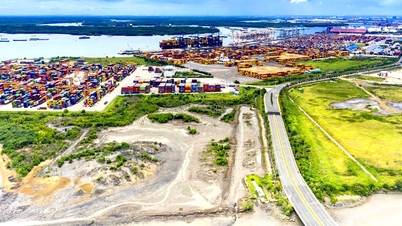
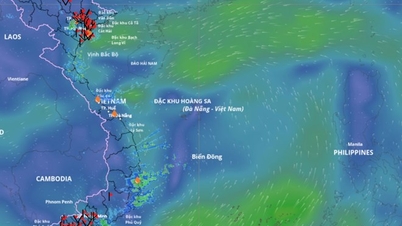














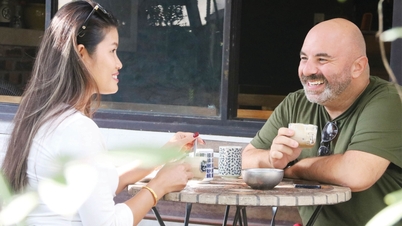
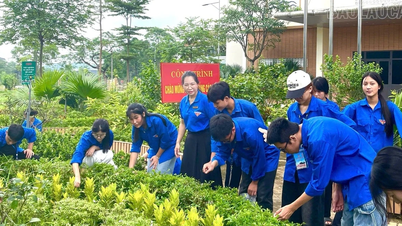















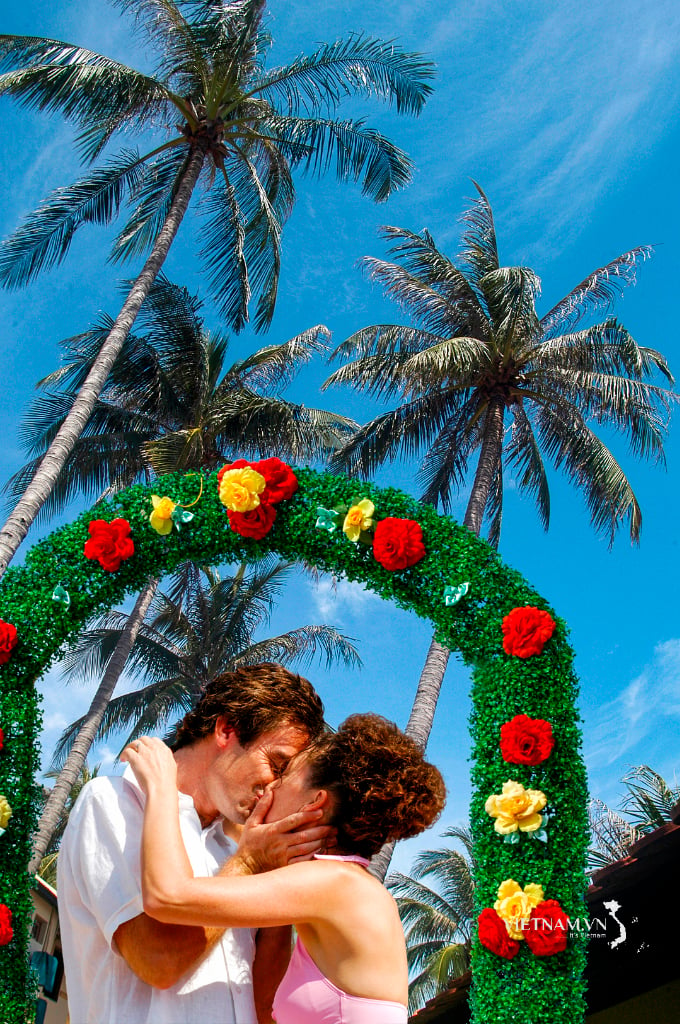
Comment (0)